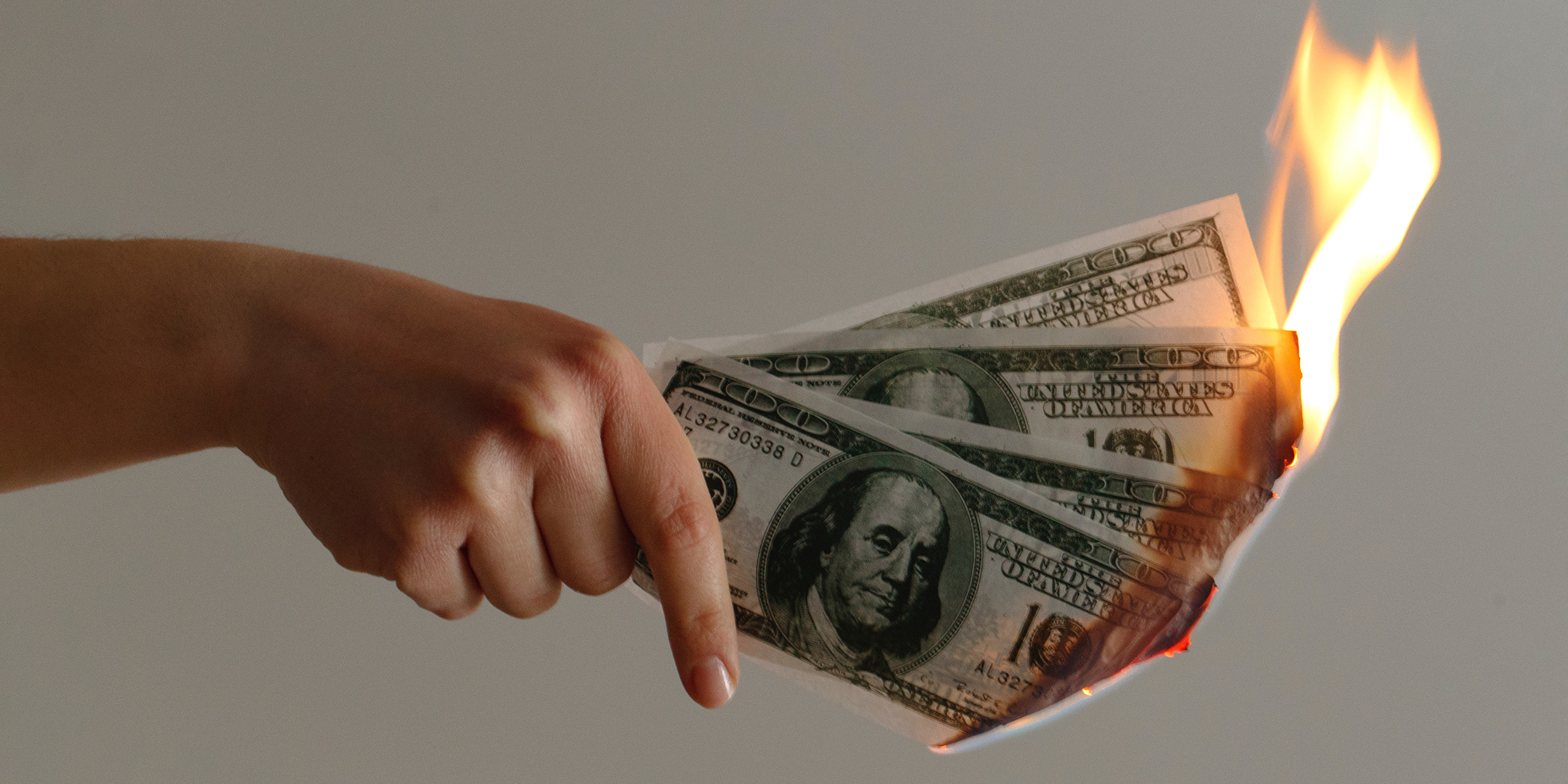Originally published 27 September 1993
Karl Munchausen called the other day. Karl is Public Relations Officer for the Big Ear Project. As usual, he was trying to drum up media attention for the Big Ear.
First, I should say what the project is.
As we know, the universe began with a Big Bang. Because of the expansion of the universe and the passage of time, the Big Bang has been muted to an almost undetectable murmur of microwave radiation. A consortium of universities and national research laboratories wants to build a vast replica of the human hearing organ on the prairie of North Dakota — the Big Ear — to listen for the faint whisper of creation.
The projected cost of the Big Ear is $10 billion, although cost overruns could double the price tag. It will cover 2,000 square miles of prairie, and require the relocation of the city of Bismark.
I asked Munchausen why taxpayers should foot the bill.
“Are you kidding?” he exploded. “We’re talking the beginning of the universe. We’re talking actually hearing the Bang from the first nanosecond of creation. Were talking about proof for the most exciting theory of our time. The final theory. The God whisper.”
Yeah, I know, I said. But after spending that huge amount of money, all we’ll get is a mere lisp of radiation — and that’s assuming the Big Ear works at all. $10 or $20 billion seems a lot for a cosmic sigh.
“OK,” Munchausen said. “Spinoffs. Don’t forget the spinoffs. The technologies developed for this project will lead to hundreds of new consumer products. New commercial enterprises. A shot-in-the-arm for the economy. Just look at the spinoffs from the space program — ”
Like what? I asked.
“Like — like Tang, the orange drink!”
Tang?
“Think of space blankets for backpackers and Nylon Tri-Lock in the soles of running shoes. This stuff was developed for space suits. And don’t forget the isocyanurate foam from the Space Shuttle that is used to keep school lunches warm. NASA says that 30,000 applications from space technology have been transferred to private or commercial use. Let me tell you, those kids with warm lunches are grateful for spinoffs.”
But surely, I said, with 30,000 spinoffs you can think of something more important to society than Tang, running shoes and lunchbox foam?
“Cordless drills!” he gushed. “Did you know that the prototype for the cordless drill was developed for use on the moon? And scratch-resistant coatings for spectacles!”
I thought: Why do I have this feeling that cordless drills and scratch-resistant coatings would have come along even without the space program? Whenever I hear the word “spinoff” I know I’m in the presence a gargantuan sci-tech project supported with public monies that is having a hard time justifying itself on its own merits.
I said to Munchausen: I know that science reporters love to hear about spinoffs. It’s a magic word, guaranteed to generate a few paragraphs of type. But my feeling is, spinoffs are a PR smokescreen.
“I can’t believe you’re saying this,” said Karl, his voice quavering with indignation. “Think about MRI (magnetic resonance imaging) technology. It’s saving thousand of lives and making us healthier and happier. Did you know that MRI is a spinoff of the money spent on subnuclear particle accelerators?”
I replied: Well, I do know that proponents for the multi-billion dollar Superconducting Supercollider have advanced MRI as a spinoff of that field of research. The claim has been exploded by Nicholaas Bloembergen of Harvard, a Nobel Prize-winning pioneer of MRI, who has assured us that MRI imaging technology would be alive and well without any help from the big national accelerator laboratories.
Munchausen was barely fazed by my rebuttal. He spieled on: “And the Strategic Defense Initiative, the Star Wars program. Free-electron lasers developed for Star Wars make it possible for surgeons to selectively destroy cancer cells. Adaptive optics technologies developed for Star Wars help astronomers obtain sharper star images from Earth.”
Karl, I said. Surely these technologies would have happened anyway, at modest cost. There were more spin-ins to Star Wars than spinoffs.
“The possibilities are limitless,” said Munchausen. “Spinoffs from the Space Station! Spinoffs from the National Aero-Space Plane!”
I remembered someone promising that the National Aero-Space Plane would “generate spinoffs with the potential to change earthbound lifestyles.” More Tang, I suppose?
He hardly paused: “The Big Ear will generate spinoffs with the potential to change lifestyles. Special new solvents developed for cleaning the Big Ear will replace Q‑Tips in every family’s medicine cabinet. Supersensitive microwave receivers developed for hearing the cosmic whisper will revolutionize the communications industry. Tunneling technologies developed for the tubes and canals of the Big Ear will find application in…”
I cut him off. Listen, Munchausen, I said, you’ve got the wrong man. I’ve been listening to spinoff hype for 50 years. I never liked Tang in the first place. There may be a dozen terrific reasons for building the Big Ear, but spinoffs isn’t one of them.
“OK, OK,” enthused Munchausen, with true PR resilience. “Let’s not call it spinoffs. Let’s call it technology transfer.”



